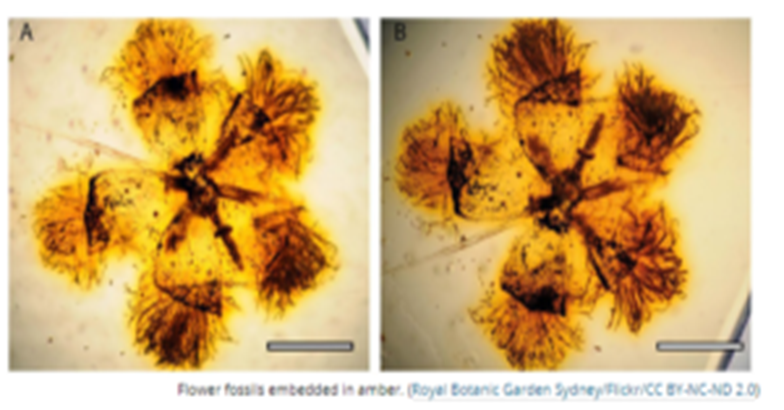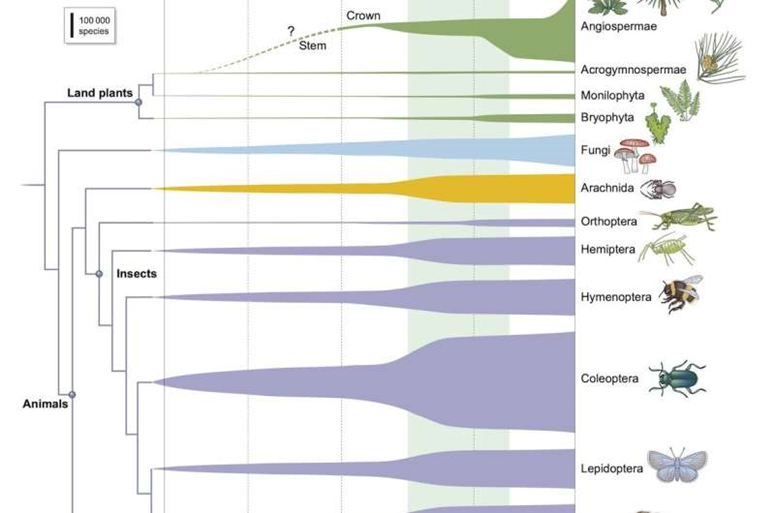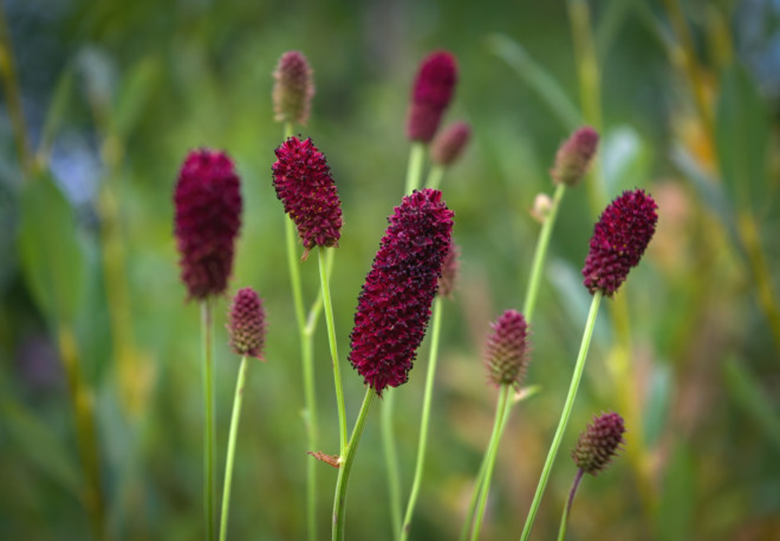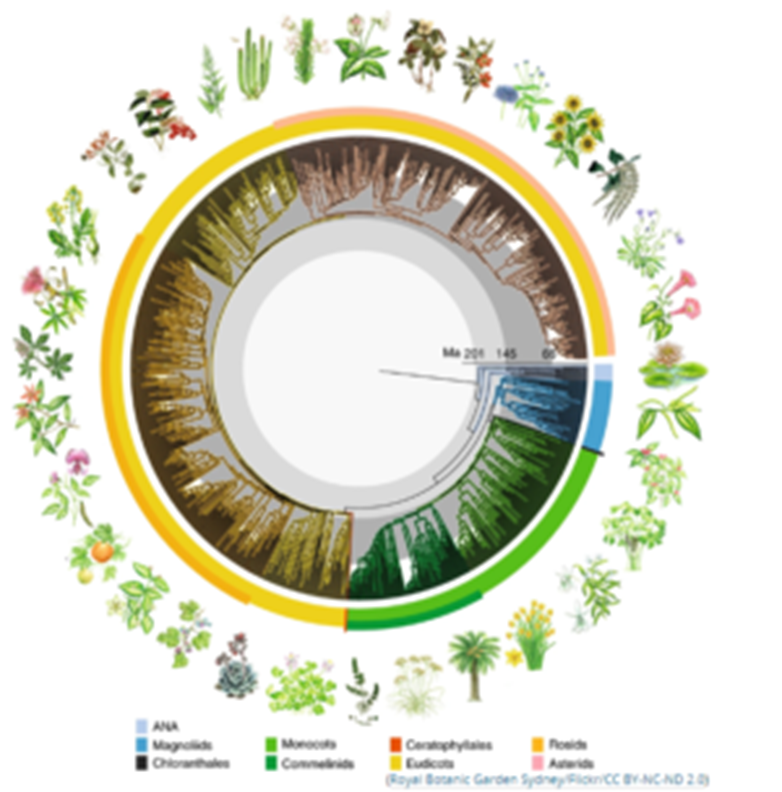?How did flowering plants dominate the Earth

Flowering plants (or seed coats) today make up about four-fifths of the green plants on Earth, although they were not present during billions of years of Earth's life. Biologists are now able to draw charts showing the rapid increase in numbers of flowering plants over the past 140 million years.
A “tree timeline” was recently published, which shows flowering plants in detail and how their numbers, quantities, and diversification dramatically increased, so that we have 300,000 known species at the present time.
To come up with this timeline, the researchers assembled the largest collection of seed coat fossil records - 238 in all - combing through records, some dating back hundreds of years, and translating documents from several languages.

A tree diagram that shows the different types of flowering plants and the timing of their appearance on Earth
Royal Botanic Garden Sydney
“Plant fossils are the most important evidence needed to understand important evolutionary questions about seed coats at different times,” says evolutionary biologist Hervé Soquet from the University of New South Wales. “Previous studies of this type have relied on only 30 to 60 percent of the fossil records, but we wanted to significantly increase this percentage and set a higher bar for fossil calibration by documenting every stage of the study.”
In addition to collecting hundreds of samples of fossil records, the research team compared their chronological dendrogram with more than 16 million geographic data points that indicate where each of these plant species grew. They concluded that the tree diagram gives a much more comprehensive picture of these types of plants compared to all the diagrams that scientists had previously come up with, and that this diagram answers many questions about the evolution of these plants, such as: When did they evolve? And where? What are its origins?
The chart, which contained 435 families of flowering plants, shows that modern lineages of these plants began to appear 90 to 100 million years ago, before they began to branch off into modern flowering plant species approximately 66 million years ago. This is the main difference between the age of the “stem” and » In plants “That is, when did its origins appear?” Omar Al-Taj in it: “When did it begin to differ and diversify to become the types known to us today?”

The researchers were able to observe these temporal differences in their dendrogram, and were also able to verify that seed coats originated in tropical environments, even though today's flowering-dominated rainforests appeared relatively recently in Earth's history.
“By estimating both the stem and crown ages of the angiosperm families, we found a difference of 37 to 56 million years between the age of the parent family and the beginning of its branching into the living species of flowering plants we see today,” says evolutionary biologist Susana Magallon of the National Autonomous University of Mexico. In other words, the difference between the two ages - the age of the stem and the crown - is approximately the same. “About a third of the entire evolution of seed coats, which is at least 140 million years.”
Flower preserved in amber material at the Royal Botanic Garden in Sydney
Flower preserved in amber material

Royal Botanic Garden Sydney
Dinosaurs were still present roaming the earth between the stem and crown epochs of seed coats. The era of dominance of flowering plants on Earth appears to have delayed until after the age of the dinosaurs and began to accelerate about 66 million years ago, as angiosperms flowered relatively late compared to other plants.
Because flowering plants now represent the primary food source for most living organisms on Earth, including humans, it is important for us to better understand their origins and evolutionary process. One benefit of this understanding is knowing how best to preserve hundreds of plant species for the future - if we want to continue to rely on them for food - because it is in our interest to understand why they thrive.

“We have to acknowledge that the entire world depends on seed coats,” evolutionary botanist Doug Soltis of the University of Florida, who was not one of the study participants, said in an interview with Susanna Lyons on ABC Science. “If these plants flourish, they will flourish, and their demise means our demise.”
This research was published in the journal Nature Ecology and Evolution.

